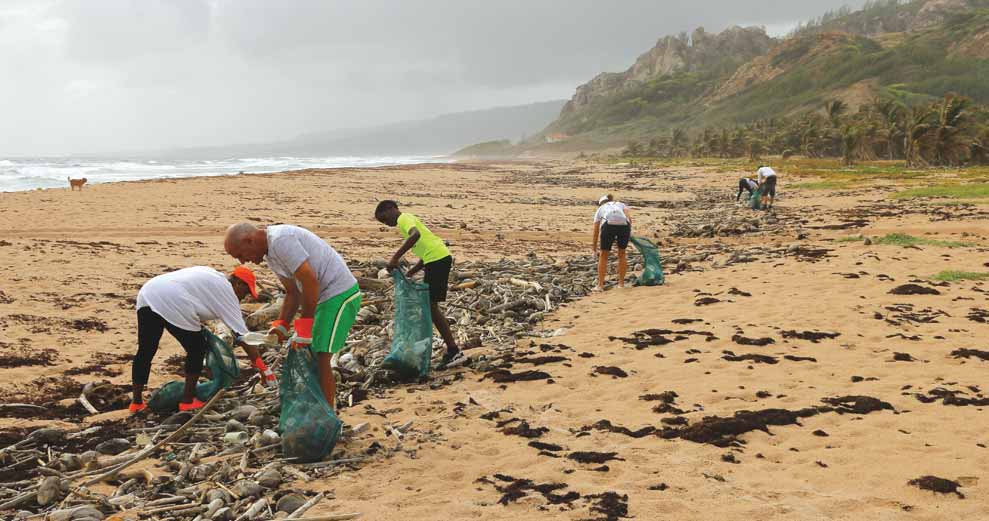Every year, over 10 million individuals spend more than $2 billion on volunteer tourism, or “travel with a purpose.” While volunteer travel combines sightseeing with service opportunities, some unscrupulous organizations place local people in harm’s way to lure tourists eager to help. Here’s how to find volunteer opportunities with a positive impact.
Define the Trip’s Purpose
Before you can have an impact, you need a purpose. What do you want to do? Why is it important? Is this purely a volunteer experience or are students touring, too?
You’ll find service projects blending tourism with volunteer opportunities and service-based trips offering deeper cultural immersion in a single location. Both can have an impact. What’s your preference? Volunteer opportunities exist in conservation, animal welfare, healthcare, teaching, construction, and more. Narrow your focus to find your group’s perfect fit.
Connect to School (and Skills) for Maximum Impact
When students see the trip as connected to what they’re learning in class or an opportunity to practice foreign language skills, they’re more likely to derive meaning from the experience. How can volunteering connect with the curriculum or build soft skills, such as leadership?
Impact comes when students have something of value to contribute to a community that wants and needs it. Think critically about students’ skills: What can they contribute? More important: What is outside your group’s skill set? That should be off the table. It helps no one when students lack the skills to complete a project or the project is wrong for the community—such as building a new school, when the community needs teachers!
Know What Hurts, to Find What Helps
Volunteer tourism is criticized because there can be a dark side, when bad actors prey on individuals’ genuine desire to help to exploit vulnerable populations. After a 2015 earthquake, human trafficking in Nepal spiked by as much as 20 percent.
Orphanage tourism is widely critiqued as 80 percent of the 8 million children in orphanages around the world aren’t actually orphans. Many are left at orphanages by parents too poor to raise them. Abandoned children form short-term attachments to volunteers who rotate through orphanages; this harms their development.
Do Development Work, When Possible
Relief work, such as emergency assistance to people in need, is most effective after natural disasters. Such work does not address the systemic causes of suffering, and in many cases involves doing things people could do for themselves.
Development work takes place alongside community members and implements long-term solutions to local problems. Since this work is ongoing, there may not be a satisfying end to the volunteer opportunity. Development work is, however, more likely to have a positive impact on students and the community they’re helping.
Students will take satisfaction in knowing they’re contributing to a long-term, sustainable solution to a big problem. Some may continue involvement back home, finding long-term volunteer opportunities to advocate for that cause.
Do Your Due Diligence
Once you know how you want to help, how students can best help, and what to avoid, find volunteer programs with an excellent track record in helping local communities and delivering an awesome experience. Research the credibility of organizations, so you can find reputable opportunities.
Trustworthy organizations are transparent about their finances, provide updated contact information and addresses, answer information requests, and discuss the logistics of your volunteer trip. Responsible programs have testimonials, may have been recognized for their work with awards, and have plans in place to cover all contingencies. What can you expect if things go wrong? You don’t want to be on your own.
Look at how programs describe themselves: Do they use words like responsible, sensitive or authentic? Do they have case studies or other data that show their impact?
See what previous volunteers say about their experience. There are many programs out there; don’t settle for a partner with a so-so reputation.
Communicate Your Needs, Be Respectful of Theirs
Tell the program what you’ll need from them—everything from transportation arrangements to Wi-Fi connectivity so students can communicate with family. Listen to and respect their needs as well, especially any rules set for safety.
When you carefully vet volunteer opportunities in advance, choose to help in ways that respect the community, and tie service to school curriculum and soft skills, you can create exponentially more impact, as students carry lifelong lessons from their service opportunity.
Written by Lindsey Danis, Contributing Writer for Teach & Travel.
This article originally appeared in the Jan/Feb 2020 issue of Teach & Travel.




